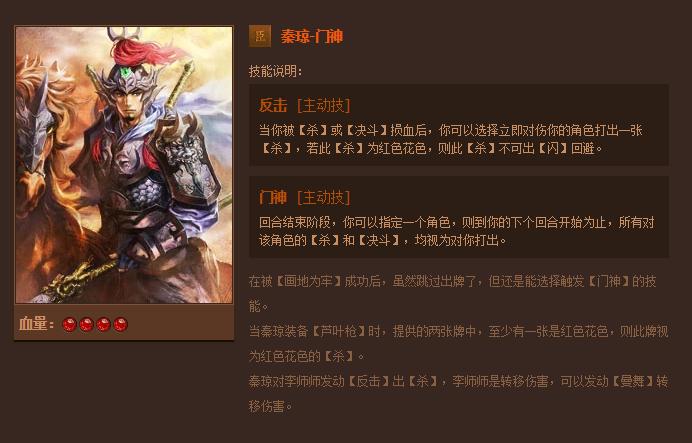Category
Ming
The Ming Dynasty (1368–1644 [1]) was a Chinese historical dynasty established by Emperor Taizu Zhu Yuanzhang. Initially, its capital was set in Nanjing, and it was relocated to Beijing during the reign of Emperor Chengzu. The dynasty lasted for 276 years, spanning 16 emperors in total. [1]
In the late Yuan Dynasty, the Red Turban Rebellion broke out, and Zhu Yuanzhang joined the rebel forces led by Guo Zixing. [2] In 1364, he declared himself the Prince of Wu. [3] In early 1368, he proclaimed himself emperor, establishing the Ming Dynasty with its capital in Nanjing. [4] In 1421, Zhu Di moved the capital to Beijing, designating Nanjing as the secondary capital. [5-7] The early Ming Dynasty experienced prosperous eras such as the Hongwu Reforms, the Yongle Prosperity, and the Renxuan Governance, [8] during which social and economic conditions recovered and developed, marking the peak of the Ming Dynasty. The Tumu Incident in 1449 marked the beginning of the Ming Dynasty’s mid-period, characterized by prolonged stability and consolidation. However, eunuch dominance and conflicts among chief ministers intensified, while Mongol tribes from the north and Japanese pirates grew increasingly active. After the mid-Jiajing period, reform movements gained momentum. [335] In 1572, Zhu Yijun assumed personal rule, ushering in the late Ming Dynasty, marked by political corruption and excessive taxation that led to peasant uprisings. During this time, the Later Jin (Manchu) rose from the northeast. In 1644, Li Zicheng captured Beijing, and Zhu Youjian hanged himself, leading to the fall of the Ming Dynasty. [324] Shortly after, the Qing army entered the pass. By 1662, the Southern Ming had collapsed. In 1683, the Qing forces captured Taiwan, marking the end of the Ming Zheng regime. [9]
The Ming Dynasty’s territory encompassed the Han Chinese heartland [10], extending northeast to the Sea of Japan and the Outer Khingan Mountains [11], though later it was reduced to the Liao River basin. To the north, it reached the Yin Mountains but later retreated behind the Ming Great Wall. In the west, it extended to the Hami Guard [12-13], though later it withdrew behind the Jiayu Pass. In the southwest, it reached the northern borders of Myanmar and Siam, then retreated to approximately present-day Yunnan. Additionally, it established vassal outposts in the Qinghai-Tibet region [14] and once reclaimed Annam [15].
During the Ming Dynasty, autocratic monarchy reached unprecedented strength, and the multi-ethnic state was further unified and consolidated. In the early Ming period, the position of prime minister was abolished, and secret police agencies were established, strengthening centralized autocratic rule. However, this also laid the groundwork for eunuch dominance in the later stages. The peasant anti-feudal struggle also entered a new phase during the Ming Dynasty. [16] The handicraft industry and commodity economy flourished, giving rise to commercial towns and the embryonic stages of capitalism. Cultural and artistic trends became increasingly secularized. According to the *Veritable Records of the Ming Dynasty*, the peak population was 71.85 million [17], though other accounts suggest figures exceeding 100 million or nearing 200 million.
Category
Ming
The Ming Dynasty (1368–1644 [1]) was a Chinese historical dynasty established by Emperor Taizu Zhu Yuanzhang. Initially, its capital was set in Nanjing, and it was relocated to Beijing during the reign of Emperor Chengzu. The dynasty lasted for 276 years, spanning 16 emperors in total. [1]
In the late Yuan Dynasty, the Red Turban Rebellion broke out, and Zhu Yuanzhang joined the rebel forces led by Guo Zixing. [2] In 1364, he declared himself the Prince of Wu. [3] In early 1368, he proclaimed himself emperor, establishing the Ming Dynasty with its capital in Nanjing. [4] In 1421, Zhu Di moved the capital to Beijing, designating Nanjing as the secondary capital. [5-7] The early Ming Dynasty experienced prosperous eras such as the Hongwu Reforms, the Yongle Prosperity, and the Renxuan Governance, [8] during which social and economic conditions recovered and developed, marking the peak of the Ming Dynasty. The Tumu Incident in 1449 marked the beginning of the Ming Dynasty’s mid-period, characterized by prolonged stability and consolidation. However, eunuch dominance and conflicts among chief ministers intensified, while Mongol tribes from the north and Japanese pirates grew increasingly active. After the mid-Jiajing period, reform movements gained momentum. [335] In 1572, Zhu Yijun assumed personal rule, ushering in the late Ming Dynasty, marked by political corruption and excessive taxation that led to peasant uprisings. During this time, the Later Jin (Manchu) rose from the northeast. In 1644, Li Zicheng captured Beijing, and Zhu Youjian hanged himself, leading to the fall of the Ming Dynasty. [324] Shortly after, the Qing army entered the pass. By 1662, the Southern Ming had collapsed. In 1683, the Qing forces captured Taiwan, marking the end of the Ming Zheng regime. [9]
The Ming Dynasty’s territory encompassed the Han Chinese heartland [10], extending northeast to the Sea of Japan and the Outer Khingan Mountains [11], though later it was reduced to the Liao River basin. To the north, it reached the Yin Mountains but later retreated behind the Ming Great Wall. In the west, it extended to the Hami Guard [12-13], though later it withdrew behind the Jiayu Pass. In the southwest, it reached the northern borders of Myanmar and Siam, then retreated to approximately present-day Yunnan. Additionally, it established vassal outposts in the Qinghai-Tibet region [14] and once reclaimed Annam [15].
During the Ming Dynasty, autocratic monarchy reached unprecedented strength, and the multi-ethnic state was further unified and consolidated. In the early Ming period, the position of prime minister was abolished, and secret police agencies were established, strengthening centralized autocratic rule. However, this also laid the groundwork for eunuch dominance in the later stages. The peasant anti-feudal struggle also entered a new phase during the Ming Dynasty. [16] The handicraft industry and commodity economy flourished, giving rise to commercial towns and the embryonic stages of capitalism. Cultural and artistic trends became increasingly secularized. According to the *Veritable Records of the Ming Dynasty*, the peak population was 71.85 million [17], though other accounts suggest figures exceeding 100 million or nearing 200 million.
Nothing more to load.




